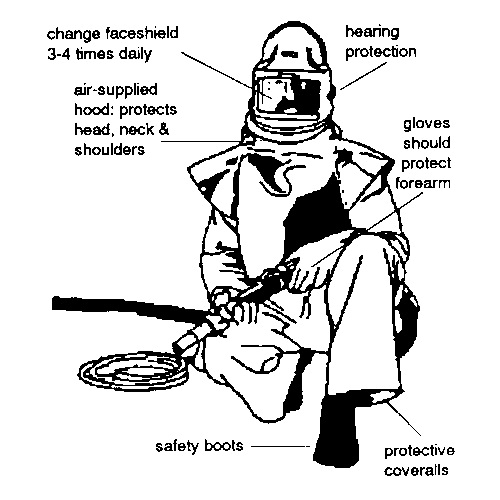Tips of Sandblasting Equipment
Sandblasting can be a pretty big job. Anybody attempting to do it should know exactly what they’re doing and should be properly trained on any of the equipment that’s being used. You need to protect yourself against silicosis, which can occur when tiny particles of sand get into your lung tissue. If you’re adamant about doing the sandblasting yourself, make sure you’re careful and are skilled on the equipment.
Siphon and Pressure Blasters
If you’re going to be stripping the exterior of an auto or a wall, you may want to consider using a siphon blaster. While siphon blasters may be less powerful than pressurized models, they are generally easier to operate, are cheaper, and don’t require as many nozzle replacements. On the downside, they often take longer to use. However, if you have quite a big job to do, you might want to use the pressurized equipment. Remember, most air compressors aren’t designed for this type of use, so it’s a good idea to turn it off so it can cool down every so often.
Nozzles
There are quite a few different nozzles available for sandblasters. They come in a wide assortment of sizes and shapes. Some of the most popular types are wide ones for large surfaces, and narrow nozzles for more detailed jobs. Boron carbide nozzles are generally considered to be the most durable type. However, they also cost the most.
If you need to blast small parts during the sandblasting job, you might consider using a blast cabinet. This is a large container where you can put the object you’re going to sandblast. The cabinet will collect all of the sand from the job, and you can reuse it if you like. You can make your own blast cabinet if you want to save some money.
After Cooler
An after cooler is basically a small-scale radiator that is used to cool the air in and around the sand. The after cooler can extract the sand’s moisture before it goes to the blast pot, which is used to store the sand right before blasting. These devices aren’t always necessary. If you do use one, you will need a moisture trap. This will extract moisture and small debris from the air when it has cooled.
Tags: Feng Blast News


